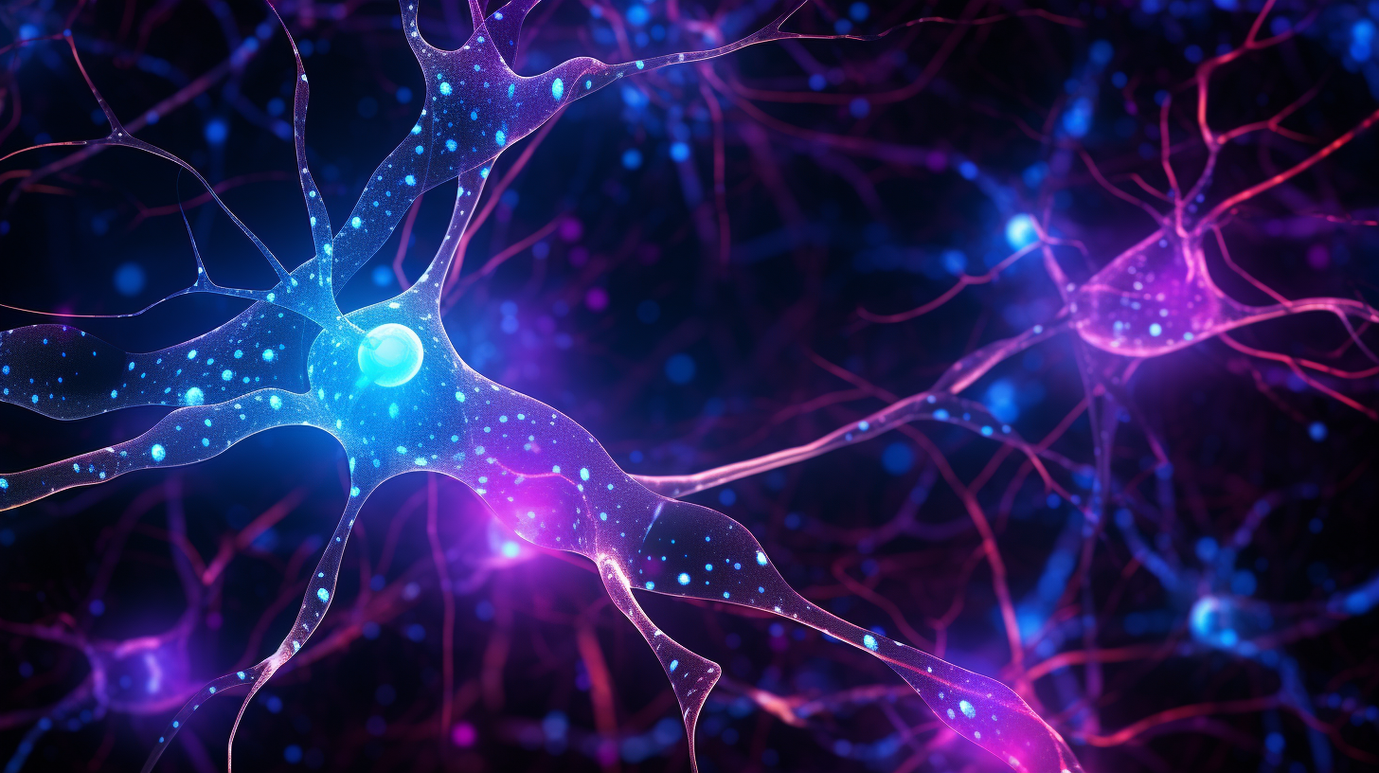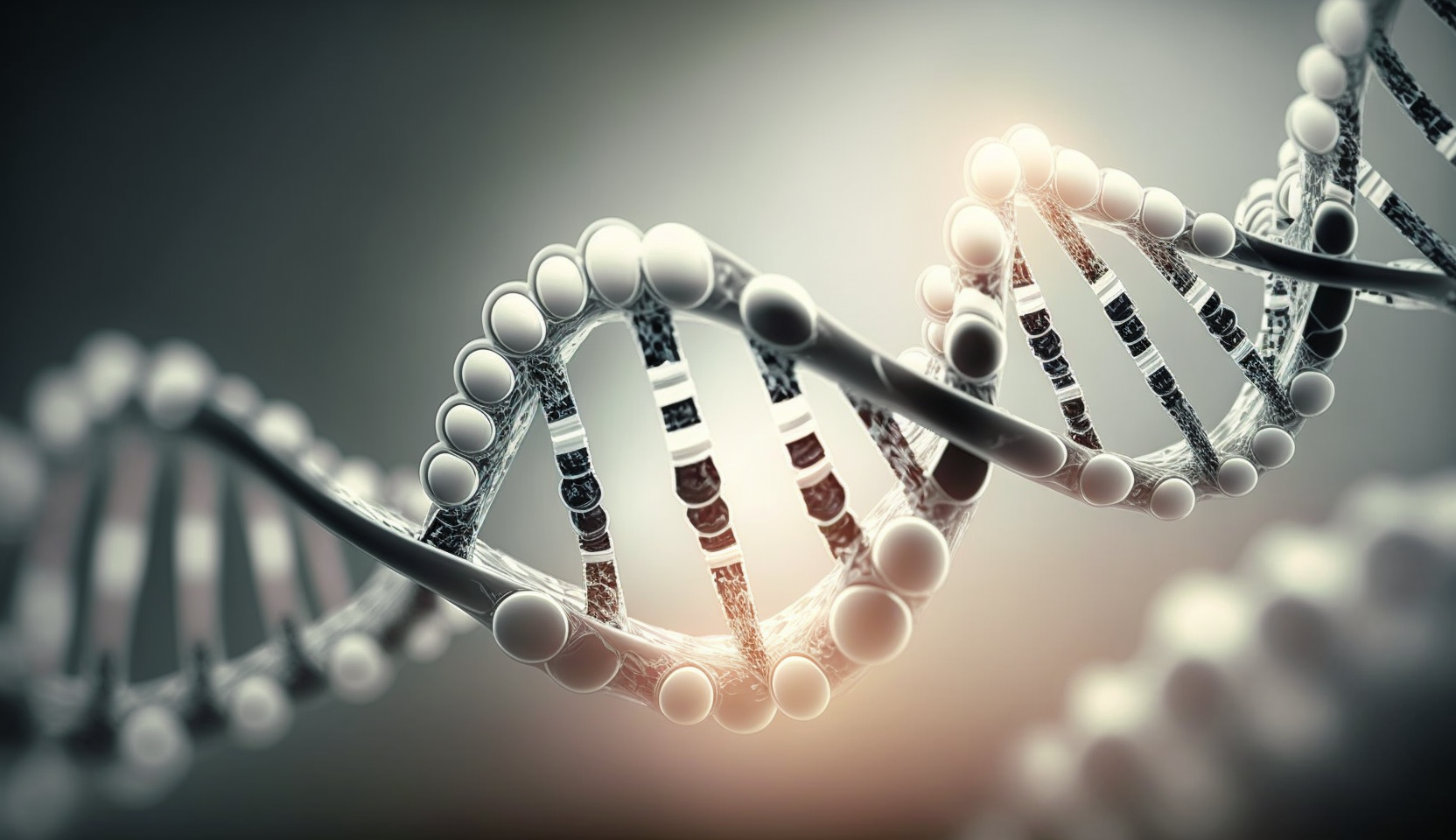Scientists copy the ways viruses deliver genes
Scientists at the National Physical Laboratory (NPL) have mimicked the ways viruses infect human cells and deliver their genetic material. The research hopes to apply the approach to gene therapy – a therapeutic strategy to correct defective genes such as those that cause cancer.
Gene therapy is still in its infancy, with obvious challenges around targeting damaged cells and creating corrective genes. An equally important challenge, addressed by this research, is finding ways to transport the corrective genes into the cell. This is a problem, because of the poor permeability of cell membranes.
This research describes a model peptide sequence, dubbed GeT (gene transporter), which wraps around genes, transports them through cell membranes and helps their escape from intracellular degradation traps. The process mimics the mechanisms viruses use to infect human cells.
GeT was designed to undergo differential membrane-induced folding - a process whereby the peptide changes its structure in response to only one type of membranes. This enables the peptide, and viruses, to carry genes into the cell. Interestingly, the property also makes it antibacterial and so capable of gene transfer even in bacteria-challenged environments.
To prove the concept, the researchers used GeT to transfer a synthetic gene encoding for a green fluorescent protein – a protein whose fluorescence in cells can be seen and monitored using fluorescence microscopy.
The design can serve as a potential template for non-viral delivery systems and specialist treatments of genetic disorders.
This research, performed at NPL, is a part of the NPL-led international research project 'Multiscale measurements in biophysical systems', which is jointly funded by NPL and the Scottish Universities Physics Alliance.
Original publication
Other news from the department science

Get the life science industry in your inbox
From now on, don't miss a thing: Our newsletter for biotechnology, pharma and life sciences brings you up to date every Tuesday and Thursday. The latest industry news, product highlights and innovations - compact and easy to understand in your inbox. Researched by us so you don't have to.
Most read news
More news from our other portals
See the theme worlds for related content
Topic world Fluorescence microscopy
Fluorescence microscopy has revolutionized life sciences, biotechnology and pharmaceuticals. With its ability to visualize specific molecules and structures in cells and tissues through fluorescent markers, it offers unique insights at the molecular and cellular level. With its high sensitivity and resolution, fluorescence microscopy facilitates the understanding of complex biological processes and drives innovation in therapy and diagnostics.

Topic world Fluorescence microscopy
Fluorescence microscopy has revolutionized life sciences, biotechnology and pharmaceuticals. With its ability to visualize specific molecules and structures in cells and tissues through fluorescent markers, it offers unique insights at the molecular and cellular level. With its high sensitivity and resolution, fluorescence microscopy facilitates the understanding of complex biological processes and drives innovation in therapy and diagnostics.
Topic world Gene therapy
Genetic diseases once considered untreatable are now at the center of innovative therapeutic approaches. Research and development of gene therapies in biotech and pharma aim to directly correct or replace defective or missing genes to combat disease at the molecular level. This revolutionary approach promises not only to treat symptoms, but to eliminate the cause of the disease itself.

Topic world Gene therapy
Genetic diseases once considered untreatable are now at the center of innovative therapeutic approaches. Research and development of gene therapies in biotech and pharma aim to directly correct or replace defective or missing genes to combat disease at the molecular level. This revolutionary approach promises not only to treat symptoms, but to eliminate the cause of the disease itself.
























































